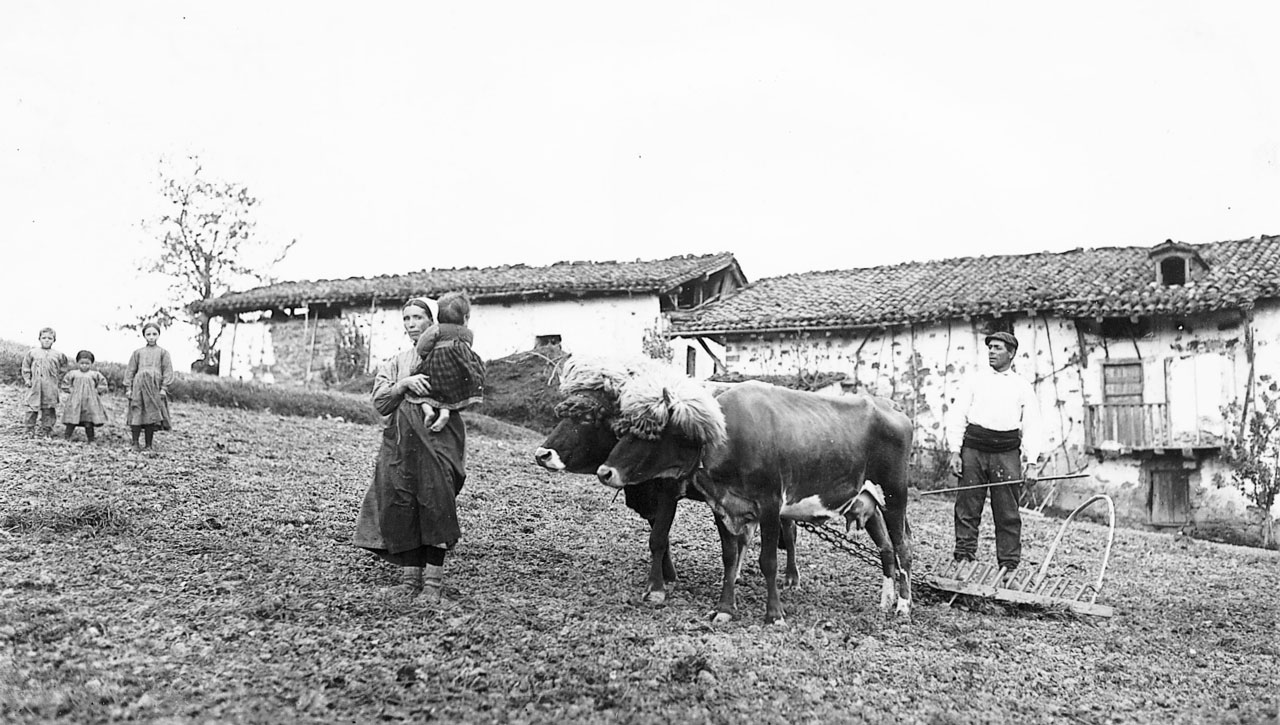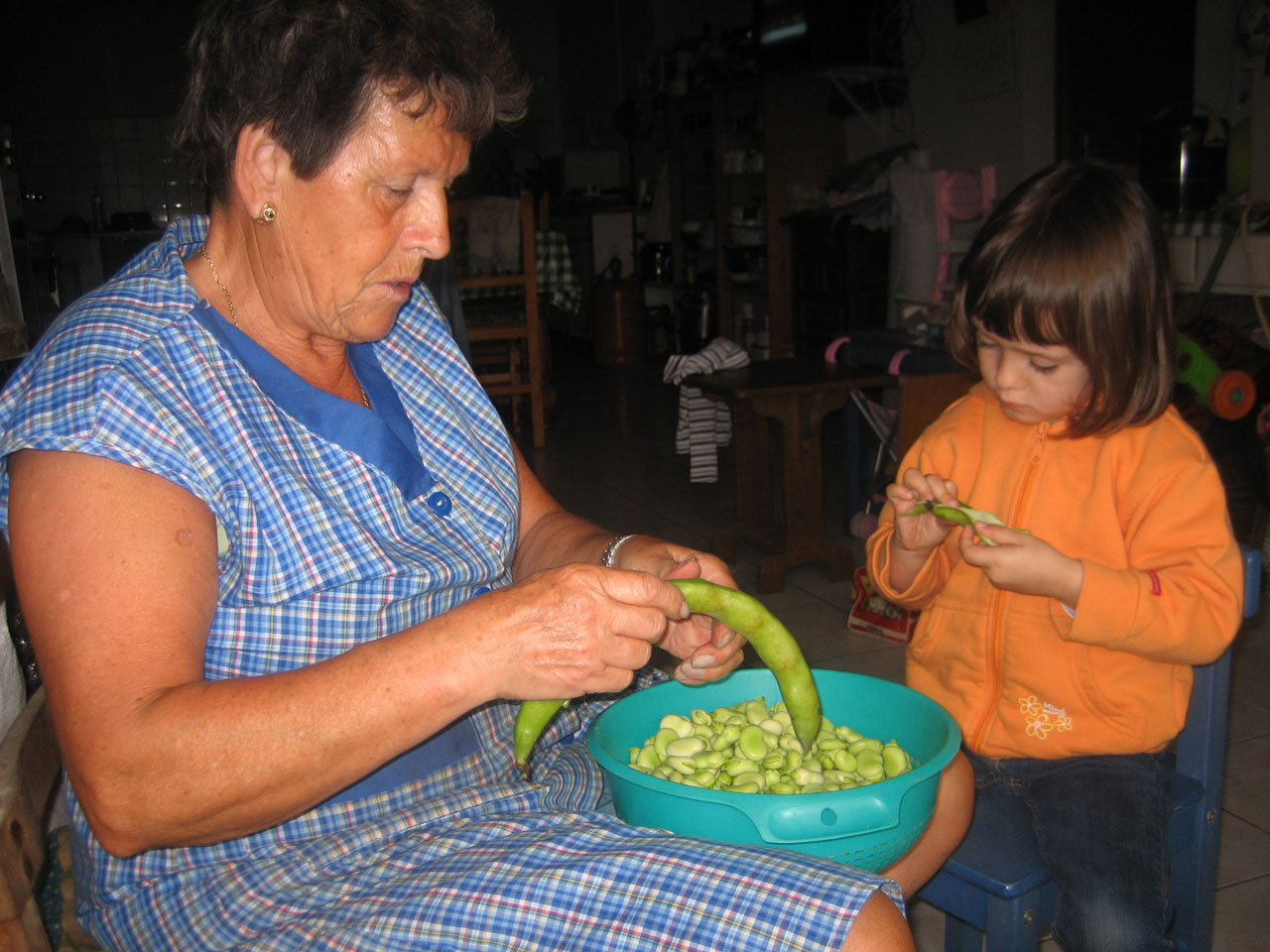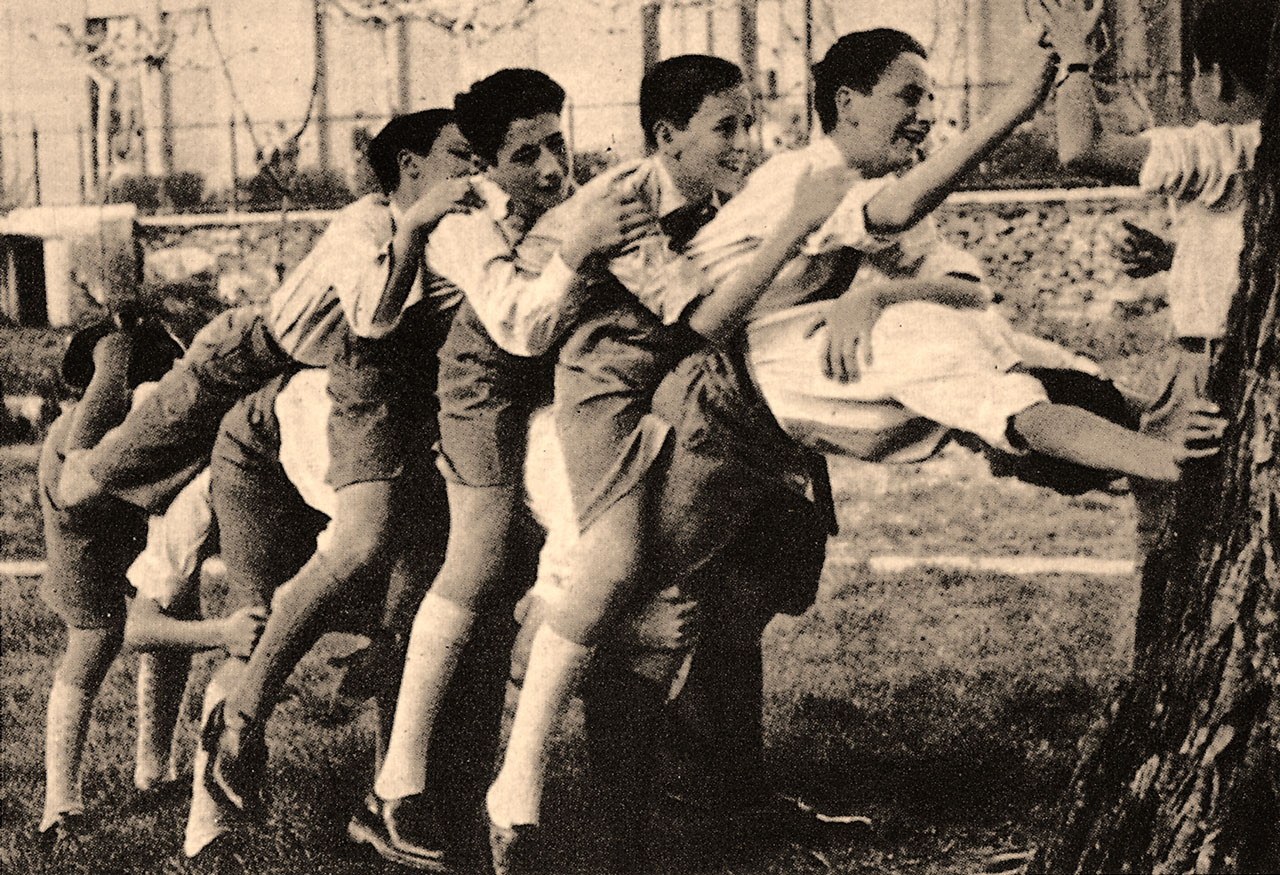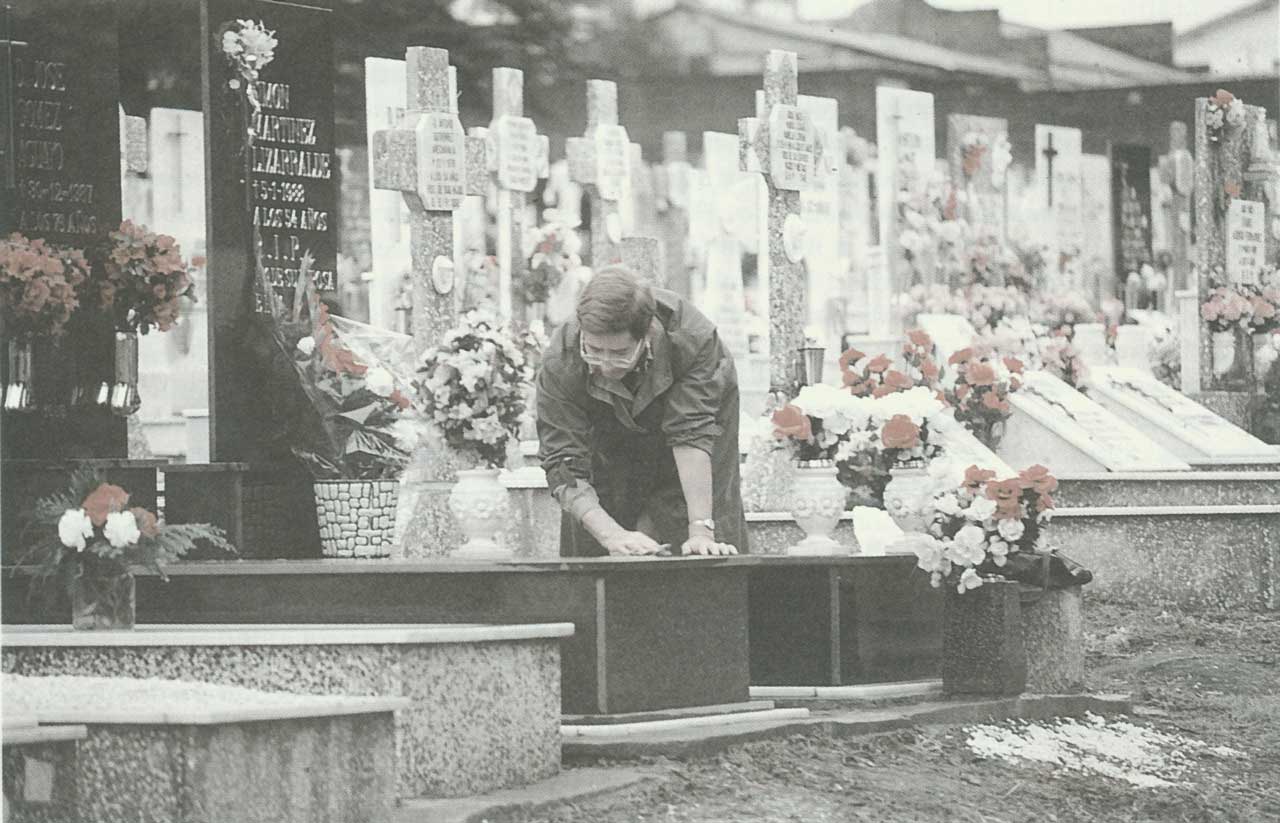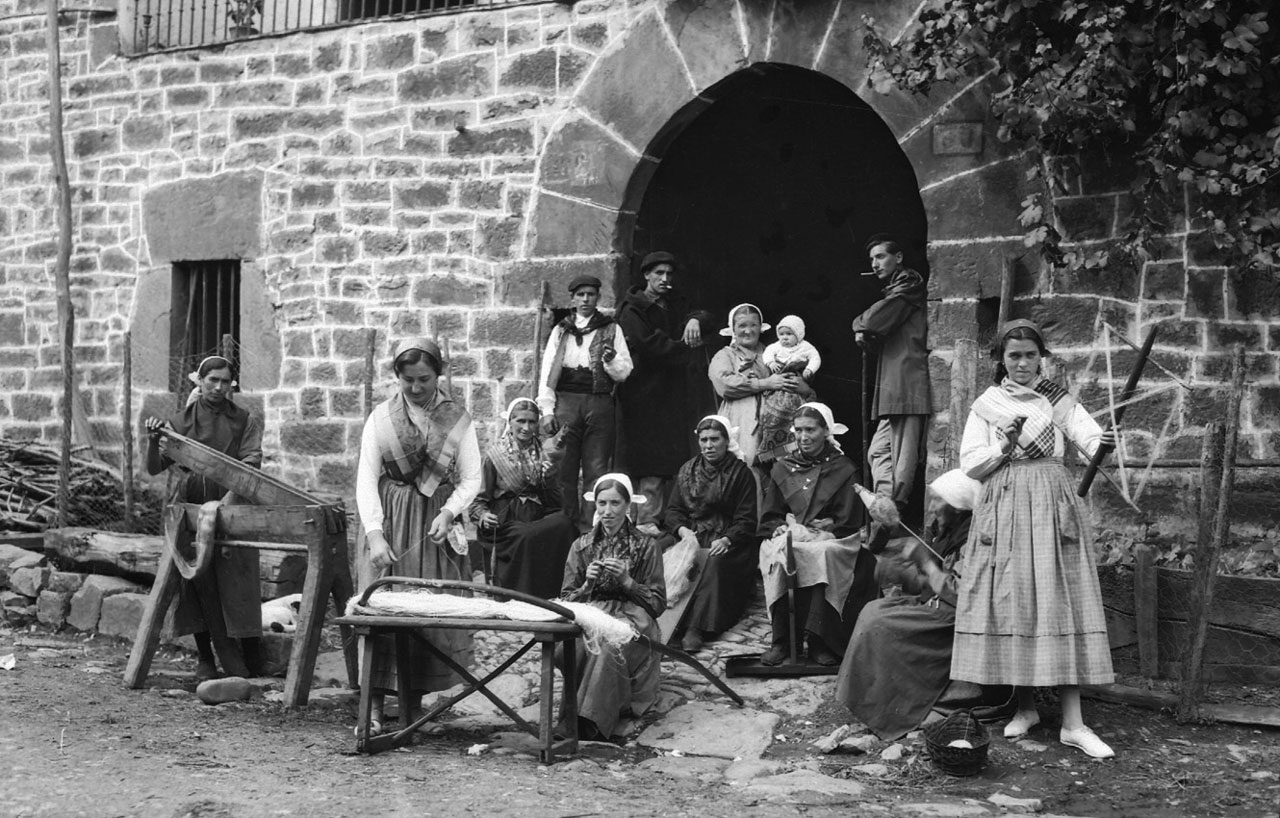Diferencia entre revisiones de «Main Page/en»
De Atlas Etnográfico de Vasconia
| Línea 186: | Línea 186: | ||
====[/atlas/ritos/Portadores-del-feretro-jasotzaileak-Amezketa.jpg|Coffin bearers. Amezketa (G). Source: Antxon Aguirre, Etniker Euskalerria Groups.|Death was an event that usually occurred in the neighbourhood, a fact that meant the home of the deceased played a leading role.|]==== | ====[/atlas/ritos/Portadores-del-feretro-jasotzaileak-Amezketa.jpg|Coffin bearers. Amezketa (G). Source: Antxon Aguirre, Etniker Euskalerria Groups.|Death was an event that usually occurred in the neighbourhood, a fact that meant the home of the deceased played a leading role.|]==== | ||
| − | ====[/atlas/ritos/Adornando-las-sepulturas-para-el-dia-de-Todos-los-Santos-Bilbao-1990.jpg|Caring for the graves on the occasion of All Saints’ Day. Bilbao (B), 1990. Source: Labayru Fundazioa Photograhic Archive: José Ignacio García Muñoz.|Omens of death included those associated with strange behaviour by some domestic animals, mainly dogs and cockerels.|| | + | ====[/atlas/ritos/Adornando-las-sepulturas-para-el-dia-de-Todos-los-Santos-Bilbao-1990.jpg|Caring for the graves on the occasion of All Saints’ Day. Bilbao (B), 1990. Source: Labayru Fundazioa Photograhic Archive: José Ignacio García Muñoz.|Omens of death included those associated with strange behaviour by some domestic animals, mainly dogs and cockerels.||]==== |
| − | ====[/atlas/ritos/Santa-Grazi.jpg|Santa-Grazi (Z). Source: Boissel, W. Le Pays Basque. Sites, Arts et Coutumes. Paris, A. Calavas edit.|Cuando el cárabo canta, la muerte levanta. <br />''When the tawny owl hoots, death wakes up.''|| | + | ====[/atlas/ritos/Santa-Grazi.jpg|Santa-Grazi (Z). Source: Boissel, W. Le Pays Basque. Sites, Arts et Coutumes. Paris, A. Calavas edit.|Cuando el cárabo canta, la muerte levanta. <br />''When the tawny owl hoots, death wakes up.''||]==== |
| − | ====[/atlas/ritos/Sepulturas-en-la-nave-de-la-iglesia-Amezketa-1990.jpg|Symbolic graves in church. Amezketa (G), 1990. Source: Antxon Aguirre, Etniker Euskalerria Groups.|Each homestead used to have a burial site inside the church’s nave. When burials were transferred to cemeteries, the once real burial site in church became a symbolic family grave, were offerings of light and bread were made to their dead.|| | + | ====[/atlas/ritos/Sepulturas-en-la-nave-de-la-iglesia-Amezketa-1990.jpg|Symbolic graves in church. Amezketa (G), 1990. Source: Antxon Aguirre, Etniker Euskalerria Groups.|Each homestead used to have a burial site inside the church’s nave. When burials were transferred to cemeteries, the once real burial site in church became a symbolic family grave, were offerings of light and bread were made to their dead.||]==== |
| − | ====[/atlas/ritos/Toque-de-campana-anunciando-la-muerte-Beasain.jpg|Death knell. Beasain (G). Source: José Zufiaurre, Etniker Euskalerria Groups.|Tolling the bell was a very effective way of announcing the death in rural settlements.|| | + | ====[/atlas/ritos/Toque-de-campana-anunciando-la-muerte-Beasain.jpg|Death knell. Beasain (G). Source: José Zufiaurre, Etniker Euskalerria Groups.|Tolling the bell was a very effective way of announcing the death in rural settlements.||]==== |
| − | ====[/atlas/ritos/Cortejo-funebre-1925.jpg|Funeral cortège, c. 1925. Source: Antxon Aguirre, Etniker Euskalerria Groups.|There were specific paths to carry the corpse from the house of the deceased to the church and the cemetery.|| | + | ====[/atlas/ritos/Cortejo-funebre-1925.jpg|Funeral cortège, c. 1925. Source: Antxon Aguirre, Etniker Euskalerria Groups.|There were specific paths to carry the corpse from the house of the deceased to the church and the cemetery.||]==== |
| − | ====[/atlas/ritos/Mujeres-con-ofrendas-Otxagabia-1920.jpg|Offering bearers. Otsagabia (N), c. 1920. Source: Fco. Javier Zubiaur and M.ª Amor Beguiristain’s private archive: Roldán and Calle Photographic Studios.|The members of the funeral cortege, relatives of the deceased and neighbours alike, would usually carry offerings of bread and light.|| | + | ====[/atlas/ritos/Mujeres-con-ofrendas-Otxagabia-1920.jpg|Offering bearers. Otsagabia (N), c. 1920. Source: Fco. Javier Zubiaur and M.ª Amor Beguiristain’s private archive: Roldán and Calle Photographic Studios.|The members of the funeral cortege, relatives of the deceased and neighbours alike, would usually carry offerings of bread and light.||]==== |
| − | ====[/atlas/ritos/Ofrenda-de-luces-Amezketa.jpg|Light offerings. Amezketa (G). Source: Garmendia Larrañaga, Juan. Neguko Festak. Donostia, 1993, J. Juanes Photographic Archive.|Light offerings would light up the way for the soul of the deceased. And bread would sustain it.|| | + | ====[/atlas/ritos/Ofrenda-de-luces-Amezketa.jpg|Light offerings. Amezketa (G). Source: Garmendia Larrañaga, Juan. Neguko Festak. Donostia, 1993, J. Juanes Photographic Archive.|Light offerings would light up the way for the soul of the deceased. And bread would sustain it.||]==== |
| − | ====[/atlas/ritos/Duelo-femenino-Sara.jpg|Mourners. Sara (L). Source: Veyrin, Philippe. Pays Basques de France et d’Espagne. Paris-Grenoble, 1951.|Sorrow was expressed by wearing mourning.|| | + | ====[/atlas/ritos/Duelo-femenino-Sara.jpg|Mourners. Sara (L). Source: Veyrin, Philippe. Pays Basques de France et d’Espagne. Paris-Grenoble, 1951.|Sorrow was expressed by wearing mourning.||]==== |
====[/atlas/ritos/Anuncio-de-la-muerte-a-las-abejas.jpg|Telling the bees. Source: ''Gure Herria''.|Erletxuak, erletxuak, <br />egizute argizaria, <br />nagusia hil da-ta, <br />behar da elizan argia. <br /><br /> | ====[/atlas/ritos/Anuncio-de-la-muerte-a-las-abejas.jpg|Telling the bees. Source: ''Gure Herria''.|Erletxuak, erletxuak, <br />egizute argizaria, <br />nagusia hil da-ta, <br />behar da elizan argia. <br /><br /> | ||
| − | ''Ritual formula to inform the bees of their keeper’s death''|| | + | ''Ritual formula to inform the bees of their keeper’s death''||]==== |
| − | ====[/atlas/ritos/Amortajamiento-de-un-nino-Durango.jpg|Infant shroud. Durango (B). Source: Gerediaga Association Archive: Germán Photographic Studio.|Jaiotzetik heriotza zor. <br />''When you begin to live, you being to die.''|| | + | ====[/atlas/ritos/Amortajamiento-de-un-nino-Durango.jpg|Infant shroud. Durango (B). Source: Gerediaga Association Archive: Germán Photographic Studio.|Jaiotzetik heriotza zor. <br />''When you begin to live, you being to die.''||]==== |
| − | ====[/atlas/ritos/Pipaon-1990.jpg|Pipaón (A), 1990. Source: Pilar Alonso, Etniker Euskalerria Groups.|Hildakoari hobia eta biziari ogia. <br />''The dead to the grave and the living to the roll.''|| | + | ====[/atlas/ritos/Pipaon-1990.jpg|Pipaón (A), 1990. Source: Pilar Alonso, Etniker Euskalerria Groups.|Hildakoari hobia eta biziari ogia. <br />''The dead to the grave and the living to the roll.''||]==== |
| − | ====[/atlas/ritos/Hilarriak-Irulegi.jpg|Funerary stelae. Irulegi (NB). Source: Michel Duvert, Etniker Euskalerria Groups.|Oilarrak gauez kukurruku jotzen badu, laster izango da gorpuren bat etxe hartan. <br />''A cockerel crowing at sunset, death is looming.''|| | + | ====[/atlas/ritos/Hilarriak-Irulegi.jpg|Funerary stelae. Irulegi (NB). Source: Michel Duvert, Etniker Euskalerria Groups.|Oilarrak gauez kukurruku jotzen badu, laster izango da gorpuren bat etxe hartan. <br />''A cockerel crowing at sunset, death is looming.''||]==== |
Revisión del 15:02 10 feb 2020
Mutual cooperation. Zeanuri (B), c. 1915. Source: Labayru Fundazioa Photograhic Archive: Felipe Manterola Collection.
House and Family in the Basque Country


House and Family in the Basque Country
The rural farmstead was an institution made up of the building, its land, its dwellings and by tradition, in other words, by that web of relations that closely links the current generation with past ones.
Family Diet in the Basque Country


Family Diet in the Basque Country
Beans and broad beans were the most widely grown legumes and were traditionally an important part of the diet.
Leapfrog jumping. Source: Iñigo Irigoyen, José. Folklore Alavés. Vitoria-Gasteiz: Chartered Government of Álava, 1949.
Children’s Games in the Basque Country


Children’s Games in the Basque Country
Astoka One or more participants bend down in a position that is usually called a frog and the others jump over them.
Traditional Medicine in the Basque Country


Traditional Medicine in the Basque Country
Kirkila bat eta kirkila bi, kirkilak dira hamabi: hamabitik hamaikara, hamaikatik hamarrera, hamarretik bederatzira, bederatzitik zortzira, zortzitik zazpira, zazpitik seira, seitik bostera, bostetik laura, lautik hirura, hirutik bira, bitik batera, batetik bapezera. Formula for scrofula treatment
Rites from Birth to Marriage in the Basque Country


Rites from Birth to Marriage in the Basque Country
As was the case of all important events, the wedding banquet, eztei-bazkaria, was celebrated at home.
Funeral Rites in the Basque Country


Funeral Rites in the Basque Country
Omens of death included those associated with strange behaviour by some domestic animals, mainly dogs and cockerels.
Livestock Farming and Shepherding in the Basque Country


Livestock Farming and Shepherding in the Basque Country
At the end of the Middle Ages, flocks in the Basque valleys converged on the same mountains that are now the main summer grassland used for grazing.
Agriculture in the Basque Country


Agriculture in the Basque Country
Linoaren atsekabeak, amaigabeak. Producing fine linen is hard work.
